Name Donald Cammell Role Film director | Parents Charles Richard Cammell | |
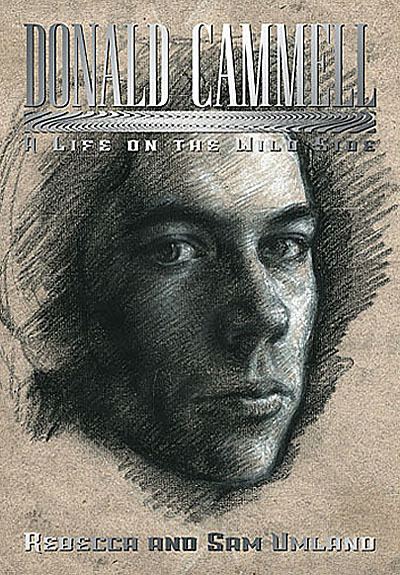 | ||
Died April 24, 1996, Hollywood, Florida, United States Books Madame Lai: Roman, Performance Movies Performance, Demon Seed, White of the Eye, Wild Side, Lucifer Rising Similar People | ||
The argument 1999 donald cammell short film part 1 of 3
Donald Seaton Cammell (17 January 1934 – 24 April 1996) was a Scottish film director who has a cult reputation thanks to his debut film Performance, which he co-directed with Nicolas Roeg.
Contents
- The argument 1999 donald cammell short film part 1 of 3
- Influence and controversy the making of performance 1970 donald cammell and mick jagger part 1 3
- Biography
- Wild Side
- Death
- Filmography
- References
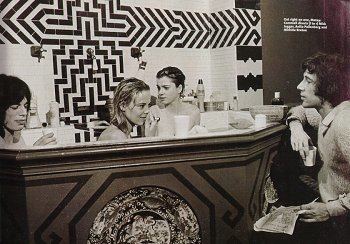
Influence and controversy the making of performance 1970 donald cammell and mick jagger part 1 3
Biography
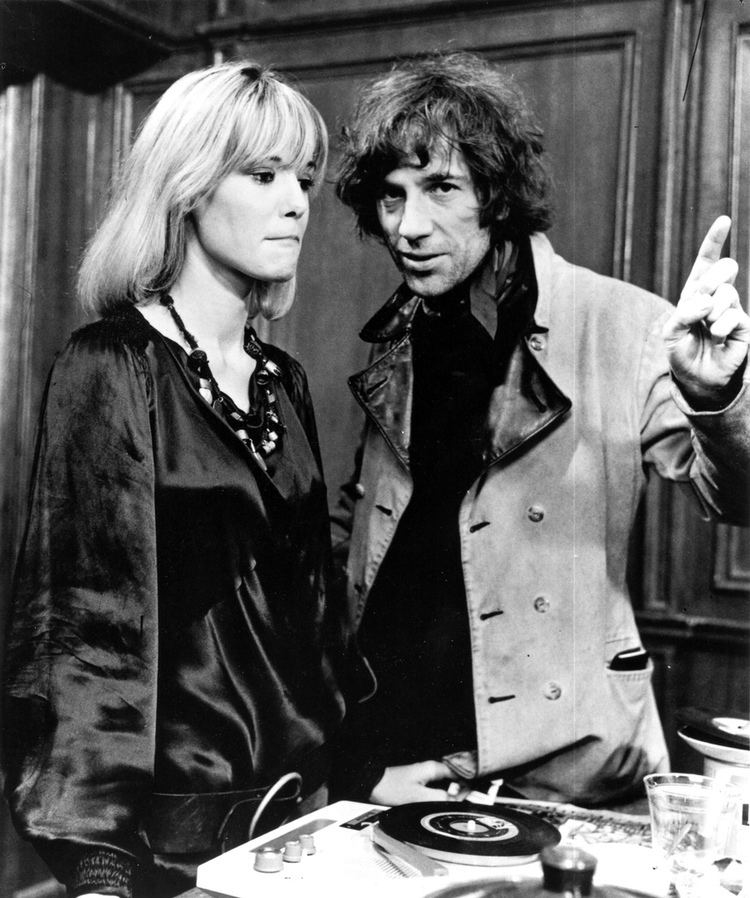
Cammell was born in the Camera Obscura (then known as Outlook Tower) on Castlehill, near the castle in Edinburgh, Scotland, the son of the poet and writer Charles Richard Cammell (who authored a book on occultist Aleister Crowley). Donald Cammell was educated at Shrewsbury House School and Westminster School.
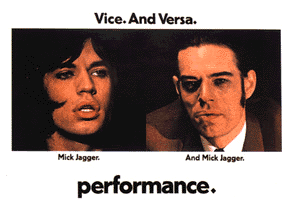
Brought up in a bohemian atmosphere, Donald Cammell was raised in an environment he described as "filled with magicians, metaphysicians, spiritualists and demons" including Aleister Crowley, the great inspiration behind Kenneth Anger’s life and work. Cammell was a precociously gifted painter, winning a scholarship to the Royal Academy at age 16. He subsequently studied in Florence and made his living as a society portrait painter. While still in his late teens, The Times hailed one of his portraits as "society portrait of the year." He had a short-lived early marriage that produced a son.
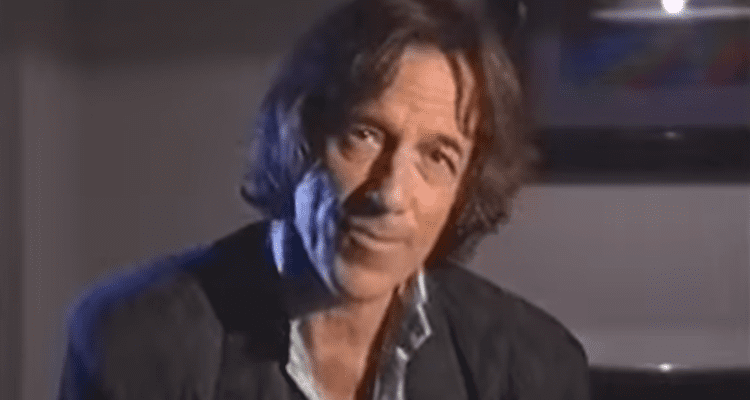
After its disintegration he moved to New York to live with model Deborah Dixon and concentrate on painting nudes, which helped him to satisfy his notable sexual appetite – he had the reputation of being irresistible to women – but not his creative desires. He moved to Paris and began writing screenplays; first, a thriller called The Touchables, then a collaboration with Harry Joe Brown Jnr called Duffy. This caper movie was directed by Robert Parrish in 1968 (and featured James Fox), an artistic failure that frustrated Cammell to the point that he decided to direct. Through his friendship with Anita Pallenberg, he came into the orbit of the Rolling Stones and moved to London.
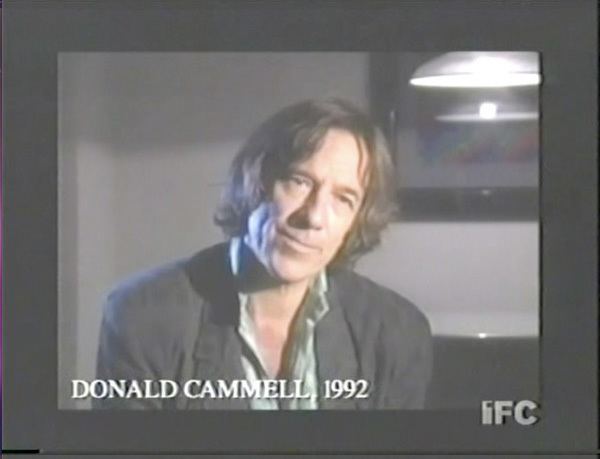
In her autobiography A Story Lately Told: Coming of Age in Ireland, London and New York, Anjelica Huston refers to Donald Cammell during his London period as "a dangerous man" and alludes to him drugging and raping her. "Whatever it was he gave me, everything went sideways."2
After Performance, he wrote a script called Ishtar that was to feature William Burroughs as a judge kidnapped while on holiday in Morocco. Like most of the scripts he worked on, it remained unproduced. His unwillingness to compromise his ideas alienated him from the Hollywood establishment that perceived him as an eccentric troublemaker. Several of Cammell's major frustrations involved Marlon Brando. In 1978, Brando invited Cammell to collaborate on a script called Fan Tan which Brando soon lost interest in; then he asked Cammell to adapt the script as a novel and again scuttled the project half way through by losing interest. In 1987 Brando employed Cammell to direct a script he had written called Jericho. After eighteen months of work, while on pre-production in Mexico, Brando again decided he didn’t want to go through with the project.
The next project Cammell managed to get made was a short called The Argument (1971/99) that was shot on location in the Utah desert by Vilmos Zsigmond on the sly. Cammell had obtained the camera on the grounds that Zsigmond was shooting tests for another film. This confrontation between a frustrated film director and a goddess (played by Myriam Gibril, Cammell’s lover and Isis to his Osiris in Lucifer Rising) covers many of Cammell’s favourite themes, but Cammell never completed the film. It was rediscovered and put together by his editor, Frank Mazzola, in 1999.
Cammell’s next feature was Demon Seed (1977). Although not a personal project, this science fiction thriller (based on a book by Dean R. Koontz featured many of Cammell’s obsessions. A super-computer takes over a scientist’s house with his wife (Julie Christie) inside and proceeds to terrorise and ultimately impregnate her. A two-hander between Christie and the computer, Demon Seed's mind games and closed environment are reminiscent of Performance, while the idea of the machine giving a child to the heroine and thus providing itself with a human incarnation is another example of Cammell’s fascination with transformative sexuality.
Cammell had to wait until 1987 to complete another project, White of the Eye. This study of a serial killer features a return of his crosscutting techniques (absent from Demon Seed).
Wild Side
Wild Side had a tortured genesis. It was originally made for the exploitation company Nu Image in 1995. Allegedly their main incentive in hiring the director was his ability to attract stars such as Christopher Walken, Anne Heche and Joan Chen. Although initially claiming to be committed to an art product that would upgrade their image, the company soon got cold feet. Reportedly the producer would visit the set to demand more nudity, becoming so irritating that, as the director’s brother David dryly testifies, "at one point he [Donald] was going to go and shoot [producer] Eli Cohen, but I managed to persuade him that it was a negative thing to shoot your producer and then shoot yourself." In the cutting room, the film was taken away from Cammell and recut, taking out the director’s experimental editing and emphasising the sex scenes. Cammell disowned this version which editor Frank Mazzola described as a ‘desecration’. In 1999 Mazzola had the opportunity to re-edit Wild Side according to the late director’s wishes.
Death
Cammell committed suicide by shotgun.
